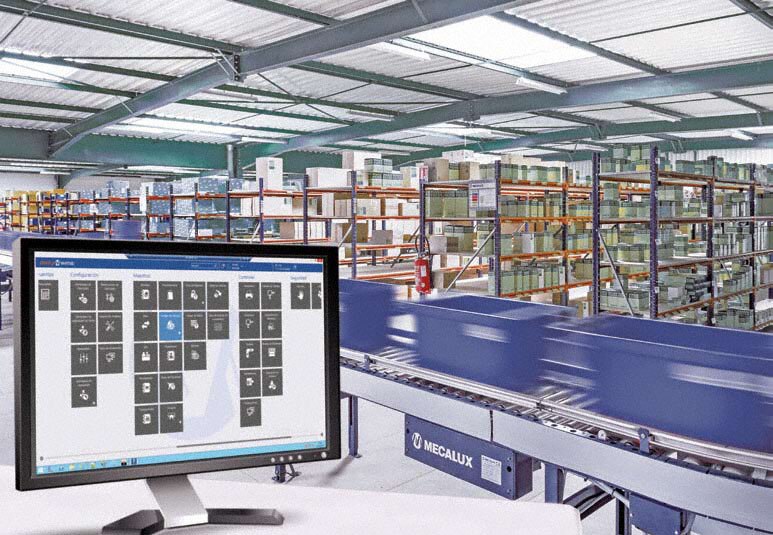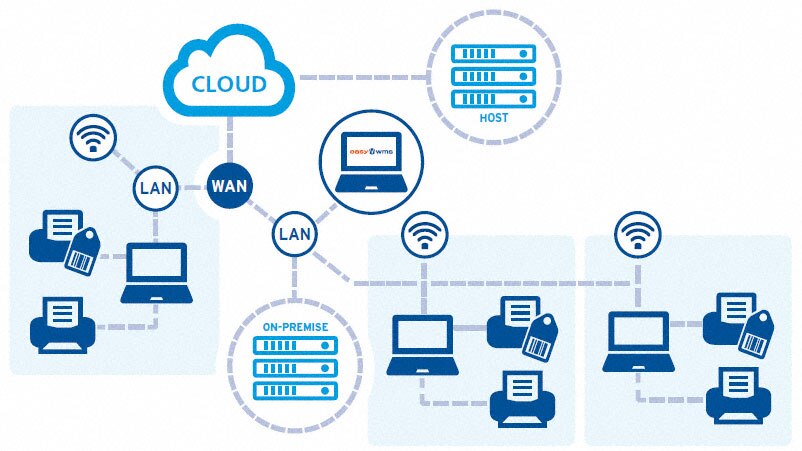Due to the continuous evolution of technology, our business landscape is changing at a high speed. One of the most important paradigm changes that has taken place in recent years has been caused by the software industry, with the creation of cloud-based applications. The logistics operations of companies have quickly adapted to this change, demanding that software applications be implemented which are increasingly compatible with the cloud.

This paradigm shift has been led principally by the needs of the clients themselves, who in light of periods of crisis have opted for the type of solutions that only the cloud can offer: controlled expenditure, versatility and portability. However, it is also important to take into account the fundamental influence that the evolution of technology has brought up on us, which has made it possible to increase the connection capacity both within locally or mobile based communications. The social changes caused by globalisation, the sharing of information and the need for continuous access to information can also not be ignored.
What do we mean when we talk about “the cloud”?
There are many definitions for such a broad term and that, in the here and now, is part of almost any solution. Perhaps the one that comes closest says that it is a “consumer technology model” (applications, computing and storage) as a service through a network (usually the Internet), without the need for investments, securely and accessible from anywhere. This virtual set up makes data control and management more obtainable.

Key advantages
The main features that have led to this growth in cloud based solutions are:
Savings in the initial investment of any project of software deployment.
The hardware infrastructure to house the solution is eliminated, and only the equipment in use is required. Nor is the initial cost of licensing necessary, since a payment by use and monthly service (SaaS) is applied.
Automatic and secure application updates.
There is no need to spend several weeks to update a company’s applications, with problems that can result in loss of data, downtimes, etc. Updates are completely transparent and without any form of intervention.
Savings in maintenance costs.
By adopting a SaaS model, the maintenance of the application and the housing of the solution lies with the provider. Who is the one responsible for hardware upkeep.
Flexibility.
This model is ideal for businesses with fluctuating growth over time, so that it is always possible to increase or decrease the service you are receiving.
Access to information from any location.
Only an Internet connection is required to be able to work remotely.
Reduction of the implementation times
when performing a solution rollout because it is unnecessary for clients to install software to access the computer program from an Internet browser.
Security.
The cloud does not depend on computer equipment, so that data is not lost in the event of portable devices being misplaced, or because of any type of breakdown in a client’s computer. That is to say, because the data is stored in the cloud, you can access the information in the company, regardless of anything that happens to your computer.
Some “cons”
All these features are advantages that currently lead more than 60% of medium-sized companies to use cloud-based services. But there are also drawbacks to working in the cloud:
Dependence of network connections.
For this reason, before deciding to step into the cloud, you should verify that your network infrastructure, that will support these services, is adequate enough and even be sure to have a contingency plan for network breakdowns. This way, you will get a solid system.
Loss of data control.
This is the biggest drawback that many companies face when making the leap into the cloud. To upload information into a server hosted in the cloud that can be replicated in any other secure backup in the recovery of a system, relocation of the information is clear and this makes many businesses fearful. This distrust is based, in part, on the perception that data is more secure in their own facility, when the truth is that it is easier for data leaks to occur at a domestic level. The possibility of an incident within their own systems is much more likely than with any cloud hosted service.
An example of evolution: Easy WMS
Fundamentally, when analysing the pros and cons of using the cloud, it is obvious that the future of software and services lies within this new platform. In the coming years, companies will increasingly rely on adopting this technology. Responding to the changing needs of its customers and to this new paradigm, Mecalux Software Solutions – Mecalux’s software

• Either in the cloud, offering a cloud service model, namely SaaS (Software as a Service).development division – has created a new version of its Easy WMS Warehouse Management Software, so that clients can operate as per the architecture that they desire to use.
• Or the traditional client/server “on-premise” model, hosted in their facilities. This way it is the client who decides which option they feel more comfortable working with. And even if you prefer to start with the traditional model, you can then jump into the cloud or vice versa. Flexibility, is first and foremost.
